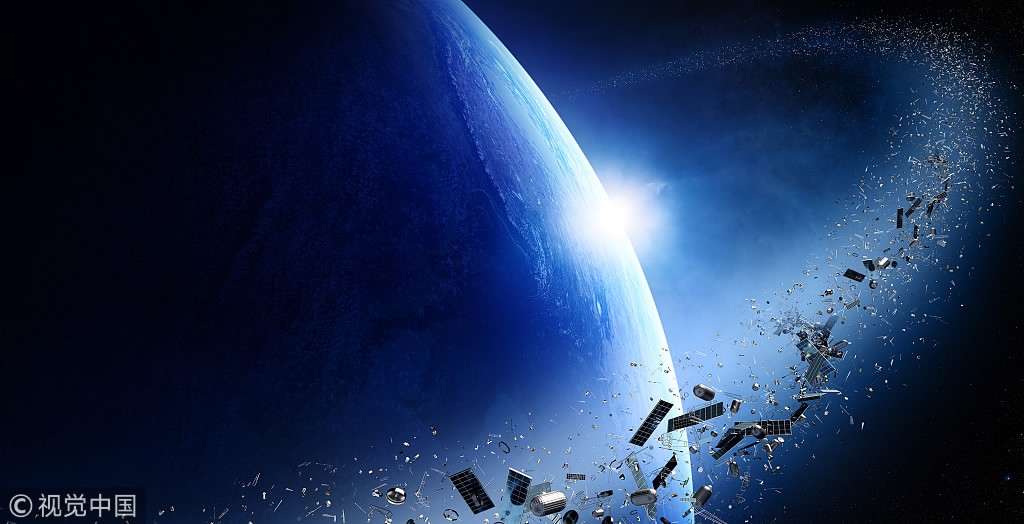
Space
15:30, 30-Jan-2018
Artificial star into orbit, questioned by astronomers
By Guo Meiping

A disco ball-shaped satellite was put into orbit earlier this month by Rocket Lab, a California-based rocket company, in the hope of reminding people of their precarious place in a vast universe.
Named the “Humanity Star,” the satellite was created by Rocket Lab founder and CEO Peter Beck. It is a geodesic sphere made from carbon fiber with 65 highly reflective panels. By spinning rapidly, the satellite will reflect the sun’s rays back to Earth, creating a flashing light that can be seen against a backdrop of stars.

Rocket Lab founder and CEO Peter Beck and the Humanity Star. /Humanity Star Photo via AP
Rocket Lab founder and CEO Peter Beck and the Humanity Star. /Humanity Star Photo via AP
The Humanity Star is the “brightest thing in the night sky,” the company claimed last Wednesday.
Designed to orbit the Earth every 90 minutes, the satellite will be visible to the naked eye from anywhere on our planet. The Humanity Star will be flying in space for about nine months, and pulled back into Earth’s gravity and burned upon re-entry into the atmosphere.
Do we need a fake star?
An article from The Independent indicates that there are astronomers complaining about the brightness of the Humanity Star getting in the way of real stars, creating difficulties for astronomical research.
“This is stupid, vandalizes the night sky and corrupts our view of the cosmos,” wrote David Kipping, an astronomer from Columbia University.

here are currently more than 750,000 pieces of debris in the space. /Photo via VCG
here are currently more than 750,000 pieces of debris in the space. /Photo via VCG
Others claimed that there is little need for artificial stars since we already have the real ones to look up to in the sky.
Moreover, space is more crowded than we thought. There are currently more than 750,000 pieces of debris in space, including old satellites and spent rocket stages, according to The European Space Agency. These floating man-made objects are not only dangerous to astronauts but also obstacles for future space missions.
Therefore, sending a piece of shiny art into space is not appealing to some in the scientific community.
(Cover photo via Humanity Star)

SITEMAP
Copyright © 2018 CGTN. Beijing ICP prepared NO.16065310-3
Copyright © 2018 CGTN. Beijing ICP prepared NO.16065310-3